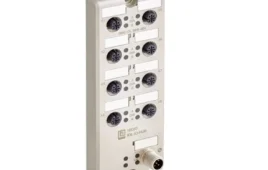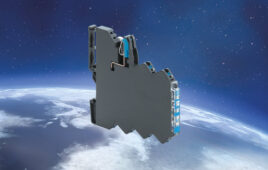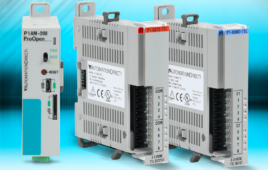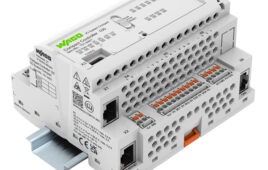Over time, the catalog of force measurement applications has vastly increased. Because these new applications all have their own specific challenges, sensor technology companies have had to continually innovate new means of satisfying them.
Some of the most demanding applications are specific to measuring force in the compressive loading mode. Capturing precise measurements in compression is typically more taxing than in tension because the orientation of the applied force (relative to the designated loading axis of the sensor) has a greater tendency to shift as forces increase. And, if the applied load is not properly aligned, the measurement accuracy will be compromised.
Of the sensor designs on the market today, the Load Button is one of the most heavily relied upon as it enjoys popularity across a spectrum of industries. Part of what makes it such a workhorse is its simplicity: geometrically speaking, it is a right cylinder with a small radiused dome in the middle of its circular top. The simplicity of these sensors also positions them at a very economical price point.

The Load Button is popular across a spectrum of industries thanks to its simplicity: geometrically speaking, it is a right cylinder with a small radiused dome in the middle of its circular top. It measures only in the compressive direction and captures these measurements quite well. Since the dome creates a point load at the top of its arc, forces are sent straight down the designated loading axis, allowing the sensor to capture repeatable compressive load measurements.
The Load Button measures only in the compressive direction and captures these measurements quite well. The secret to its impressive capability is the radiused dome symmetrically located on the top of the sensor. Since the dome creates a point load at the top of its arc, forces are sent straight down the designated loading axis, allowing the sensor to capture repeatable compressive load measurements.
The Load Button is also valuable in situations where space within the loading axis is limited. An example is the calibration of a pressing machine used in manufacturing. When assembling components, there are often specific acceptance criteria associated with forces applied during the process. A Load Button can be seated within a press and works quite well to emulate a part because its low profile affords flexibility in how far from the loading surface it is initially positioned.
In presses with large surface area, an array of Load Buttons can be used to create a low-resolution heat map of sorts, displaying how the force is being applied across the press platen. If the press is not level, Load Buttons closer to a lower edge of the press will measure higher forces. The measurements taken from the array allow the press alignment to be precisely adjusted and then verified.
For applications like this, Load Buttons offer much versatility. They have heights as small as 0.13 in. and have very wide range of capacities. The smallest sensors of this type have a calibrated range of 0 to 5 lbf and the series increases in capacity all the way up to sensors with a calibrated range of 0 to 50,000 lbf.
A cousin of the Load Button, the Donut Load Cell also measures only in compression and is similar in appearance but with one obvious difference—a hole running directly through its loading axis in place of the radiused dome.
This uncommon design feature arises as a solution to a very common engineering problem. In practice, the axial compressive load generated by the head of a bolt as it is tightened is often unknown. This load can be estimated to a calculated value based on limiting the application torque used to seat it; this is most commonly done with a slip-type torque tool. It should be mentioned that this calculated estimate ignores several real world complexities.

A cousin of the Load Button, the Donut Load Cell also measures only in compression but it has a hole running directly through its loading axis in place of the radiused dome. This design feature solves a common engineering problem. Place the bolt through the inner diameter of the Donut Load Cell, and then directly measure the compressive force as it is tightened. After tightening, the relaxation rate of the force can be measured and also graphed.
One issue impacting the certainty of the estimate is that the calculation typically does not account for the effects of material creep after tightening. To complicate matters further, typical accuracy tolerances associated with torque application tools are relatively large (often ±3% to ±10%) while the repeatability of these tools is highly user dependent.
To evaluate this application, there is an elegant solution: place the bolt through the inner diameter of the Donut Load Cell, as one would do with a common washer, and then directly measure the compressive force as it is tightened. After tightening, the relaxation rate of the force can be measured and also graphed.
An added bonus to this sensor design is that a removable load button (radiused dome) can be inserted into the inner diameter of the Donut to emulate a traditional Load Button sensor. While the Donut Load Cell will not achieve the accuracies of a traditional Load Button, the feature adds additional flexibility at little extra investment.
FUTEK Advanced Sensor Technology Inc.
www.futek.com
Filed Under: SENSORS, TEST & MEASUREMENT





Tell Us What You Think!